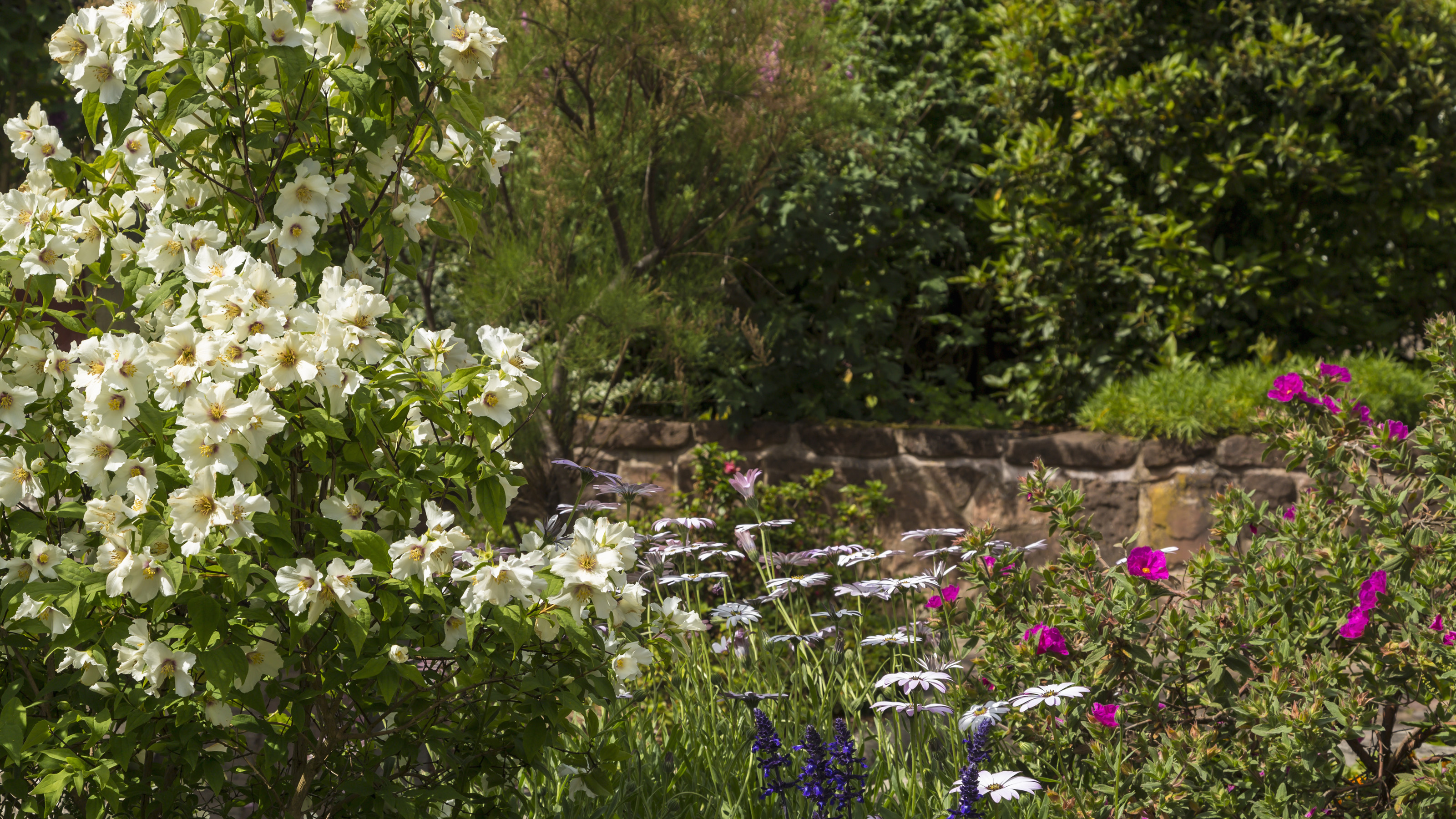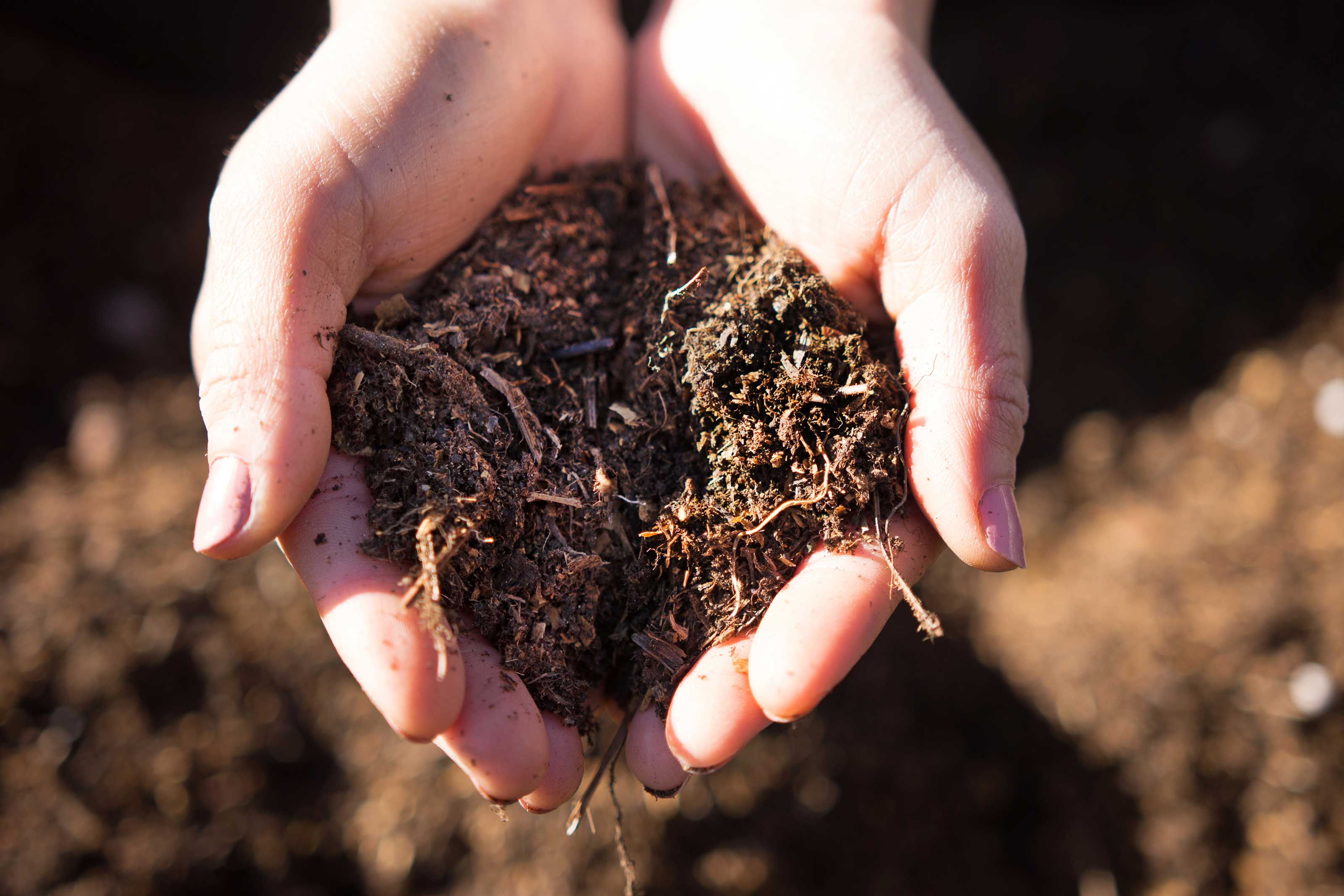Maximize next year's spring blooms by following Monty Don’s shrub pruning advice now
Boost the blooms from your shrubs next spring by tackling this Monty Don-recommended garden job


Our gardens are so full of life in June that we can temporarily forget the flowers we’ve already enjoyed earlier in spring. But some of the shrubs that produced those oh-so welcome blooms are due a little care in the month of June.
Take on the task and they’ll reward you richly next year. Pruning early-flowering shrubs means a boost in blooms next spring for a fabulous start to the gardening year. And who can guide us in getting our pruning right? Step forward celebrated gardener Monty Don, who’s revealed exactly which shrubs need our attention this month.
For Monty’s advice, all you need to do is scroll down. Check out, too, our special guide to pruning shrubs for more.
Monty Don’s top tips on pruning spring-flowering shrubs

Monty gave his advice on the care spring-flowering shrubs need in June on his website and we’re sharing his top tips along with some more of our own.
1. The shrubs that need a little care this month are those like Philadelphus (mock orange), Amelanchier, Deutzia, Weigelia and Rubus, says Monty.
What they have in common is that they produce flowers on the shoots grown during the previous summer. You’re pruning them after they’ve flowered because if the task were to be carried out sooner you would remove the flower buds.
2. The time is right to prune now though so that their new growth will have time to ripen before the winter comes, Monty says. Result? Maximum flowers next spring.
You’ll only need to do this job annually, so it’s not an onerous task and it comes with another huge benefit – giving your shrubs a longer lifespan.
3. How hard you prune shrubs like these will depend on their maturity. Monty advises that mature shrubs need to be pruned hard. This means you’ll need to cut back most of the flowering stems to a healthy new shoot, he says. Need the right tools for the job? You'll find the best secateurs in our guide.

4. It’s also important to take the oldest of the plant’s growth back to the base, Monty recommends. This means it is completely renewed every three or four years, he explains. You’ll get more flowers as older stems don’t produce as many, it also helps keep the plant in its natural shape, and it allows air and light to more easily reach the interior.
A word of caution, though: take no more than one third or one quarter of the plant when you do this, Monty says.
5. If you have an overgrown shrub, you can use the same technique, according to Monty.
6. Got a young shrub rather than a mature or overgrown version? Then Monty advises cutting back the weakest growth. You can prune the remainder simply for shape and size, he says.
7. You’re not quite finished when the pruning is done, however. Monty recommends weeding, watering and mulching with compost after that. You can find out how to compost in our guide.

8. You can also take semi-ripe cuttings from healthy, straight non-flowering pruned stems, too, he says, providing you with new plants for your backyard. Not sure how to do this? Our guide on how to take cuttings from plants is packed with easy-to-follow advice.
9. If you notice bleeding from pruning cuts, don’t panic as it’s usually harmless. Don’t paint the cuts with a wound paint, which used to be common practice, as this can result in fungal problems.
Pruning tools
Need a new set of secateurs for your pruning tasks? Check out our top buys at today's best prices below.

Sarah is a freelance journalist and editor writing for websites, national newspapers, and magazines. She’s spent most of her journalistic career specialising in homes and gardens and loves investigating the benefits, costs and practicalities of home improvement. It's no big surprise that she likes to put what she writes about into practice, and is a serial house revamper.
